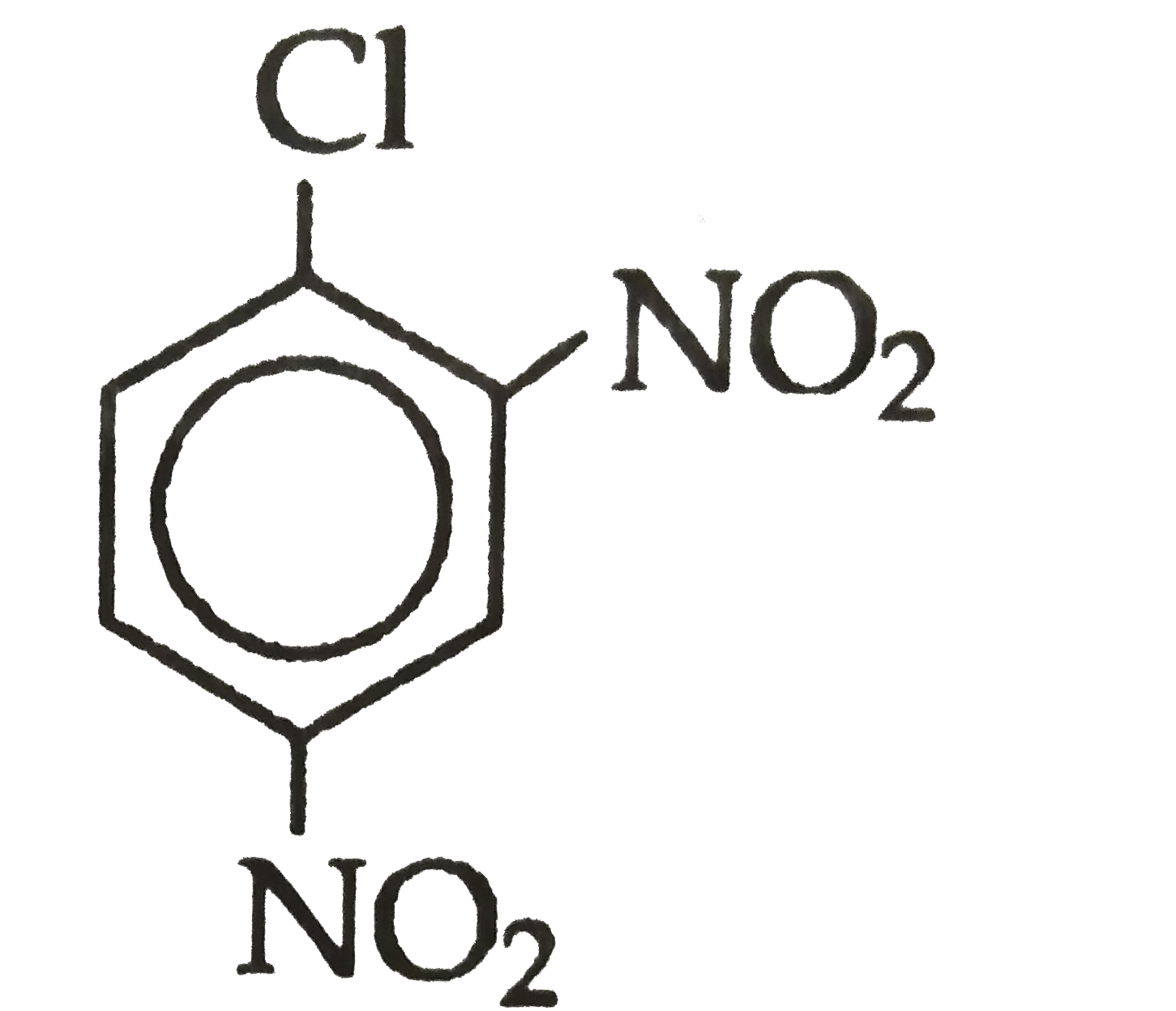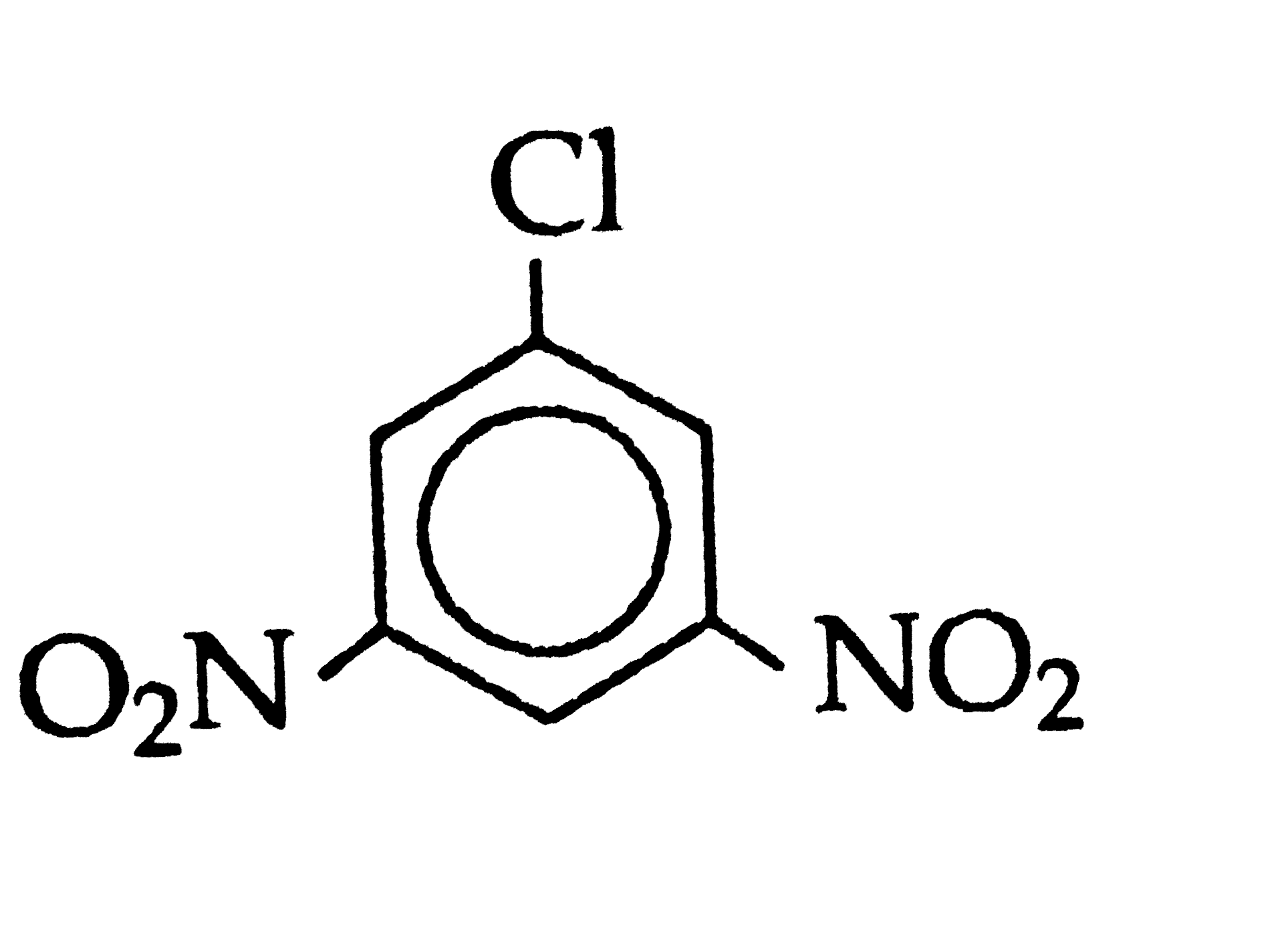Which of the following is least reactive in a nucleophilic substitution reaction?
(CH3)3C−Cl
CH2=CHCl
CH3CH2Cl
CH2=CHCH2Cl
The correct Answer is:B
To determine which of the given organic compounds is least reactive in a nucleophilic substitution reaction, we need to analyze the reactivity of each compound based on the stability of their transition states. Here’s a step-by-step solution:
Step 1: Identify the Compounds
First, we need to identify the compounds provided in the question. Typically, these would include various types of halides, such as alkyl halides, allyl halides, benzyl halides, and aryl halides.
Step 2: Understand Nucleophilic Substitution
Nucleophilic substitution reactions involve the replacement of a leaving group (usually a halide) by a nucleophile. The reactivity of the compound depends on the stability of the transition state formed during the reaction.
Step 3: Analyze the Transition States
The stability of the transition state is crucial in determining the reactivity of the compound:
- Alkyl Halides: Generally have good reactivity due to the formation of a stable carbocation in the transition state.
- Allyl Halides: The transition state can be stabilized by resonance, making them more reactive than simple alkyl halides.
- Benzyl Halides: Similar to allyl halides, they benefit from resonance stabilization, making them quite reactive.
- Aryl Halides: The carbon atom bonded to the halogen is part of an aromatic system, which makes the transition state less stable due to the disruption of the aromaticity. Thus, aryl halides are the least reactive in nucleophilic substitution reactions.
Step 4: Conclusion
Based on the analysis, the compound that is least reactive in a nucleophilic substitution reaction is the aryl halide.
Summary of Reactivity
1. Alkyl Halides: More reactive
2. Allyl Halides: Reactive (due to resonance)
3. Benzyl Halides: Reactive (due to resonance)
4. Aryl Halides: Least reactive (due to instability of the transition state)
Final Answer
The least reactive compound in a nucleophilic substitution reaction is the aryl halide.
---
First, we need to identify the compounds provided in the question. Typically, these would include various types of halides, such as alkyl halides, allyl halides, benzyl halides, and aryl halides.
Nucleophilic substitution reactions involve the replacement of a leaving group (usually a halide) by a nucleophile. The reactivity of the compound depends on the stability of the transition state formed during the reaction.
The stability of the transition state is crucial in determining the reactivity of the compound:
- Alkyl Halides: Generally have good reactivity due to the formation of a stable carbocation in the transition state.
- Allyl Halides: The transition state can be stabilized by resonance, making them more reactive than simple alkyl halides.
- Benzyl Halides: Similar to allyl halides, they benefit from resonance stabilization, making them quite reactive.
- Aryl Halides: The carbon atom bonded to the halogen is part of an aromatic system, which makes the transition state less stable due to the disruption of the aromaticity. Thus, aryl halides are the least reactive in nucleophilic substitution reactions.
Based on the analysis, the compound that is least reactive in a nucleophilic substitution reaction is the aryl halide.
1. Alkyl Halides: More reactive
2. Allyl Halides: Reactive (due to resonance)
3. Benzyl Halides: Reactive (due to resonance)
4. Aryl Halides: Least reactive (due to instability of the transition state)
The least reactive compound in a nucleophilic substitution reaction is the aryl halide.
Topper's Solved these Questions
- BASIC PRINCIPLES OF ORGANIC COMPOUNDS (MECHANISM OF ORGANIC REACTIONS)Book:OP TANDONChapter:BASIC PRINCIPLES OF ORGANIC COMPOUNDS (MECHANISM OF ORGANIC REACTIONS)Exercise:OBJECTIVE QUESTIONS (Level-B)
Explore 25 Videos
- BASIC PRINCIPLES OF ORGANIC COMPOUNDS (MECHANISM OF ORGANIC REACTIONS)Book:OP TANDONChapter:BASIC PRINCIPLES OF ORGANIC COMPOUNDS (MECHANISM OF ORGANIC REACTIONS)Exercise:SET II
Explore 24 Videos
- BASIC PRINCIPLES OF ORGANIC COMPOUNDS (MECHANISM OF ORGANIC REACTIONS)Book:OP TANDONChapter:BASIC PRINCIPLES OF ORGANIC COMPOUNDS (MECHANISM OF ORGANIC REACTIONS)Exercise:BRAIN STORMING PROBLEMS
Explore 14 Videos
- BASIC PRINCIPLESBook:OP TANDONChapter:BASIC PRINCIPLESExercise:SECTION V INTEGER ANSWER TYPE QUESTION
Explore 3 Videos
- CARBOXYLIC ACIDS AND THEIR DERIVATIVESBook:OP TANDONChapter:CARBOXYLIC ACIDS AND THEIR DERIVATIVESExercise:Integer
Explore 4 Videos
Similar Questions
Knowledge Check
Which of the following is least reactive in a nucleophilic substiution reaction
ACH2=CHCIBCH3CH2CICCH2=CHCH2CIsD(CH3)3C−CIWhich of the following is lest reactive in a nucleophilic .
ACH3CH2ClBCH2=CHCH2ClC(CH3)3C−ClDCH2=CHClWhich of the following is more reactive in nucleophilic substitution reaction
A (##NIK_OBJ_CHE_XII_C10_E02_017_O01.png" width="30%">B C
C D
D
Which of the following is least reactive towards nucleophilic substitution?
View SolutionWhich of the following is most reactive toward nucleophilic substitution reaction ?
View SolutionWhich one is least reactive in a nucleophilic substitution reaction?
View SolutionWhich of the following is most reactive toward nucleophilic substitution reaction ?
View SolutionWhich of the following is most reactive towards nucleophilic substitution reaction?
View Solution
